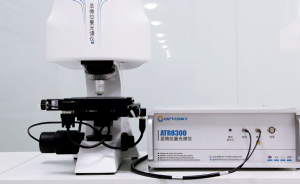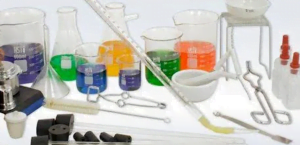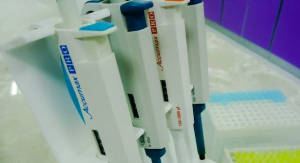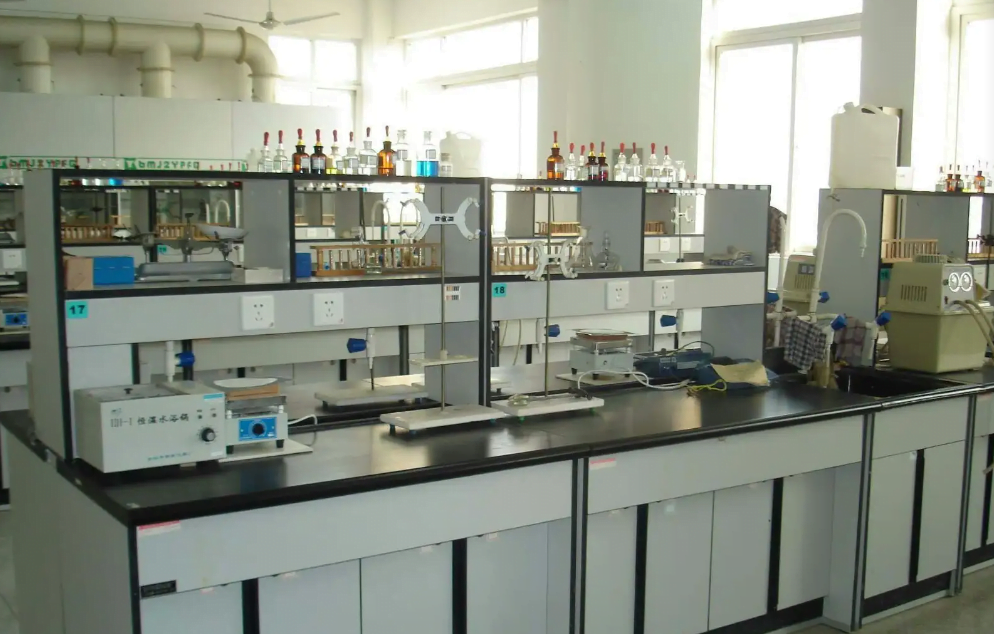The Equipment List for a Biology Lab
Setting up a biology lab requires procuring a wide array of equipment and instruments to facilitate the study of living organisms and their biological processes. With the field encompassing intricate concepts from cell biology to ecology, the equipment needs of a biology lab can seem overwhelming. However, with careful planning and foresight, you can create a functional lab space suited to your research needs. We will share the essential equipment for a biology lab, from basic tools like microscopes and glassware to advanced instrumentation like PCR machines and next-generation sequencers.
Basic Lab Equipment
While the field of biology relies heavily on cutting-edge technology, a biology lab needs certain fundamental equipment and supplies. These essentials form the backbone of experiments and research, enabling scientists to culture, observe, and manipulate biological samples. The basic biology lab equipment list includes:
Microscopes

No biology lab is complete without microscopes, which allow magnified observation of specimens. Depending on the scale of analysis required, a lab may need light microscopes, electron microscopes, or both. While light microscopes use visible light and lenses to produce magnified images of cells or microorganisms, electron microscopes use a beam of electrons to visualize specimens at much higher resolutions. A biology lab would need compound light microscopes for routine observation of cell cultures and tissues. More advanced facilities may house powerful electron microscopes like scanning or transmission electron microscopes to elucidate ultrastructural details.
Glassware

An assortment of glassware facilitates containing, heating, mixing, and analyzing biological samples. Beakers, flasks, test tubes, graduated cylinders, and Petri dishes are standard glassware found in any biology lab. Beakers and flasks serve to hold and mix solutions, while test tubes contain samples during heating and chemical reactions. Graduated cylinders enable accurate volume measurements, while Petri dishes culture cells and microbes. Durability and chemical resistance make glassware a staple on the lab benchtop.
Pipettes

A biology lab relies intensively on the use of micropipettes for accurate liquid handling. These manual or electronic pipettes allow precise aspiration and dispensation of microliter volumes of samples and reagents. Micropipettes are a workhorse tool used ubiquitously in experiments – from setting up polymerase chain reactions to aliquoting culture media. Their availability in an array of sizes makes pipettes a vital asset.
Lab Safety Equipment
Working with biological substances requires adequate safety precautions. Equipment like chemical-splash goggles, face masks, gloves, lab coats, and biosafety cabinets safeguard scientists from contamination. Biosafety cabinets provide an enclosed workspace to handle microbes safely. Proper use of safety gear and disinfectants ensures a hazard-free lab environment.
Lab Furniture
Purpose-built lab furniture tailors the workspace to experimental needs. Lab benches, fume hoods, biosafety cabinets, storage cabinets, and refrigerators are essential furniture elements. Durable benchtops withstand chemicals and facilitate experimental setups. Fume hoods limit exposure to hazardous vapors. Refrigerators and freezers preserve biological samples optimally. Investing in ergonomic and customized furniture makes workflows more efficient.
Advanced Lab Equipment
While essentials like microscopes and glassware enable a wide range of biological studies, specialized instrumentation expands the possibilities. Technologically advanced tools allow deeper insight into cellular processes, genetic analysis, and other research applications. Some advanced biology lab equipment includes:
Polymerase Chain Reaction (PCR) Machines
Also known as thermal cyclers, PCR machines amplify DNA sequences exponentially through temperature-mediated reactions. The ability to generate thousands to millions of copies of DNA segments makes PCR an indispensable technique in molecular biology. Using PCR, scientists can probe gene expression, detect pathogens, identify mutations, and carry out numerous genetic analyses.
Next-Generation Sequencers (NGS)
As the name suggests, NGS enables rapid, high-throughput DNA sequencing, providing vast genomic information. It allows cost-efficient and swift analysis of whole genomes or targeted genomic regions. NGS has transformed genomics research over traditional Sanger sequencing. The technique finds use in personalized medicine, evolutionary studies, and the identification of mutations causing inherited disorders.
Flow Cytometers
Used extensively in cell biology, flow cytometers analyze the expression of cell surface and intracellular molecules by passing single cells through a laser beam. They quantify size, count cells, and label cell components with fluorescent markers for analysis. The high-throughput data generated finds uses in immunology, infectious diseases, and cancer biology.
Microplate Readers
Also called plate readers, these instruments allow high-throughput analysis of samples in microplates through absorbance or fluorescence measurements. Their ability to screen large numbers of samples makes them invaluable in drug discovery, enzyme studies, and DNA quantification.
Centrifuges
Centrifugation separates biological components like DNA, RNA, proteins, and organelles based on density. High-speed centrifuges like ultracentrifuges spin samples at forces exceeding 100,000g, sedimenting macromolecules, and subcellular particles. Used for biomolecule purification, they are a workhorse tool in molecular biology labs.
Chromatography Systems
Chromatography techniques like high-performance liquid chromatography (HPLC) and gas chromatography (GC) separate complex biochemical mixtures with high resolution. These sensitive systems quantitate and identify compounds, making them a research mainstay for purification, drug analysis, and metabolomics studies.
This list covers key equipment but is by no means exhaustive. Specialized instruments like mass spectrometers, electrophoresis systems, gel imagers, and bioreactors suit particular applications. Opting for quality equipment tailored to experimental goals is key to productive lab research.
Equipment Maintenance and Calibration
Productive biology research relies heavily on equipment functioning optimally and providing reliable data. Proper installation, operation, and maintenance of instruments are paramount. Equipment manuals provide guidelines for calibration, cleaning, and regular maintenance.
Annual servicing contracts with manufacturers also help maximize uptime by preventing breakdowns. Equipment logs aid in tracking usage, calibration records, and maintenance schedules. Investing time and resources in equipment management saves money in the long run while avoiding disruptions to research workflows.
Lab Design and Workflow
Efficient lab layout and workflow optimization bolster productivity. The lab architecture can adopt modular designs allowing flexible rearrangements as needs evolve. Computational lab design tools help create ergonomic spaces synchronized to protocols and procedures. Benches equipped with utility services like gas, vacuum, and electricity better support experiments.
Separate zones for sample preparation, specialized equipment, hazardous chemicals, and ancillary facilities streamline operations. Automation and the Internet of Things are transforming labs into connected, smart environments for seamless collaboration. Adopting these design principles crafts a tailored, user-centric lab space to stay ahead of evolving research demands.
The Equipment Conundrum
Equipping a biology lab poses a multifaceted challenge. Striking a balance between essential elements and advanced tools while optimizing budgets can be perplexing. Investing in specialized equipment opens new research vistas but also carries financial implications. However, funding limitations and the pressure to shoestring lab costs cannot jeopardize experimental capabilities. Striving to establish an equipment repertoire that lags behind contemporaries impedes competitiveness and productivity.
Conclusion
So embark on your equipment selection journey armed with plans, purpose, and perspective. may seem a formidable task fraught with uncertainties, but it is a crucial step in establishing a high-performing biology lab. With thorough planning and smart decision-making, you can piece together an equipment arsenal suited to propel your research vision ahead. The excitement of discovering answers to biological mysteries beckons – fully equip your lab to chase this calling with a single-minded focus. The equipment choices made today will lay the foundations to build new horizons in biology research that will unfold tomorrow.
